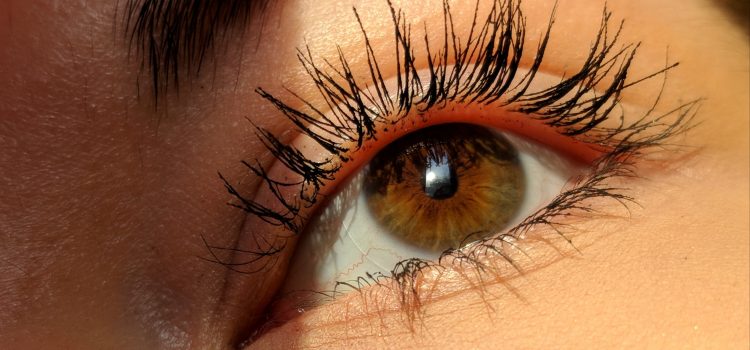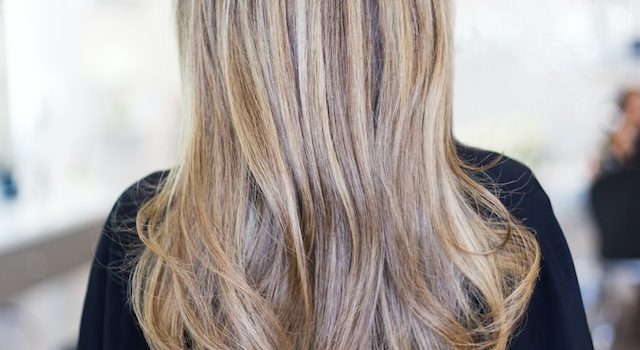
Introduction:
When it comes to achieving long and luscious eyelashes, we often focus on external factors like serums, mascaras, and extensions. However, one crucial aspect that is often overlooked is the impact of our diet on lash growth. The nutrients we consume play a significant role in the health and vitality of our lashes. In this article, we will explore the connection between diet and eyelash growth, highlighting key nutrients and dietary habits that can promote healthy lashes.
1. Protein: The Building Block of Lashes
Protein is essential for the growth and development of hair, including our eyelashes. Foods rich in protein, such as lean meats, fish, eggs, legumes, and nuts, provide the necessary amino acids for lash growth. Including an adequate amount of protein in your diet can contribute to stronger and thicker lashes.
2. Vitamins for Lash Health
Certain vitamins are vital for lash growth and overall lash health. Vitamin E promotes blood circulation, which enhances the delivery of nutrients to the hair follicles. Foods like almonds, avocados, and spinach are excellent sources of vitamin E. Vitamin H, also known as biotin, strengthens hair and can be found in eggs, nuts, and whole grains.
3. Omega-3 Fatty Acids for Nourishment
Omega-3 fatty acids are known for their nourishing properties. They help maintain lash moisture and prevent lash breakage. Incorporate foods rich in omega-3 fatty acids, such as fatty fish (salmon, sardines), walnuts, and flaxseeds, into your diet to support lash growth and health.
4. Antioxidants to Combat Lash Damage
Antioxidants protect our lashes from damage caused by free radicals. Fruits and vegetables like berries, citrus fruits, tomatoes, and leafy greens are packed with antioxidants that contribute to lash health. Additionally, green tea, with its high concentration of antioxidants, can promote lash growth when consumed regularly.
5. Hydration for Lash Moisture
Proper hydration is essential for lash health. Drinking an adequate amount of water keeps your lashes hydrated and prevents them from becoming brittle and prone to breakage. Aim for at least eight glasses of water per day to maintain lash moisture.
6. Avoiding Lash-Damaging Habits
In addition to incorporating lash-friendly foods into your diet, it’s important to avoid habits that can hinder lash growth. Excessive consumption of sugary and processed foods can negatively impact hair health, including lashes. Additionally, smoking and excessive alcohol consumption can contribute to lash damage and stunted growth.
Conclusion:
While we often seek external solutions for achieving longer and fuller lashes, the role of diet in lash growth should not be underestimated. A well-rounded and nutrient-rich diet provides the necessary building blocks for healthy lashes. By incorporating protein, vitamins, omega-3 fatty acids, antioxidants, and practicing good hydration habits, you can support lash growth and enhance their overall health and appearance. Remember, true beauty starts from within, and nourishing your body with the right nutrients will reflect in the health and growth of your lashes.

















